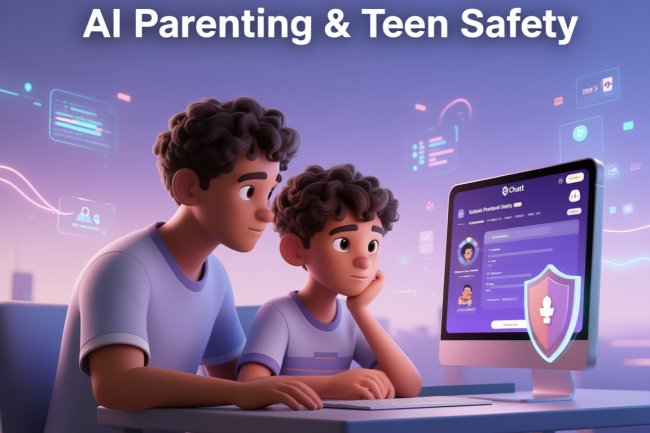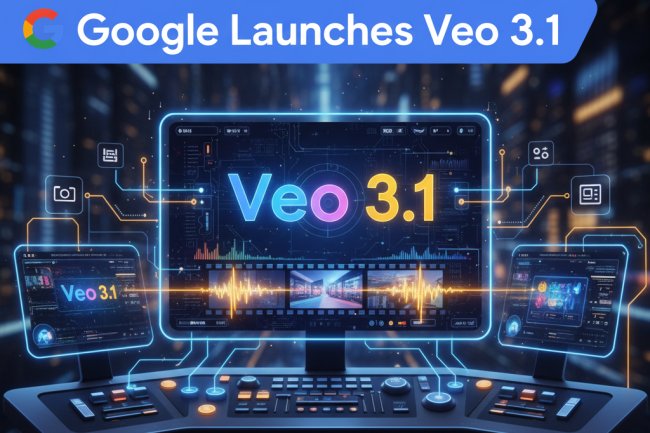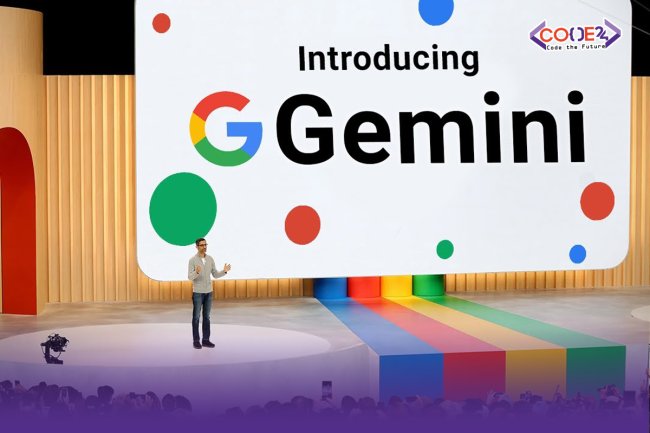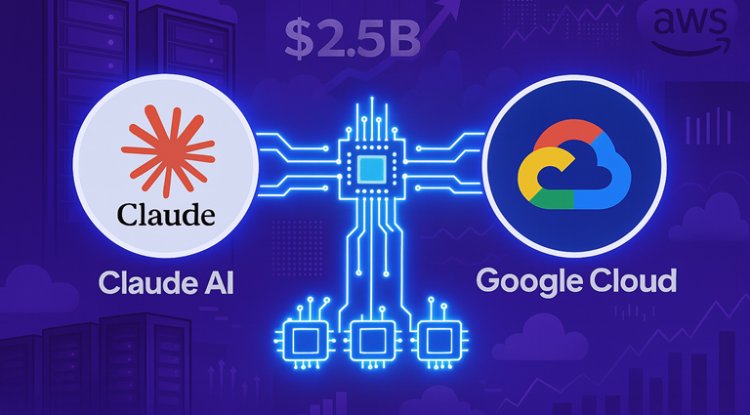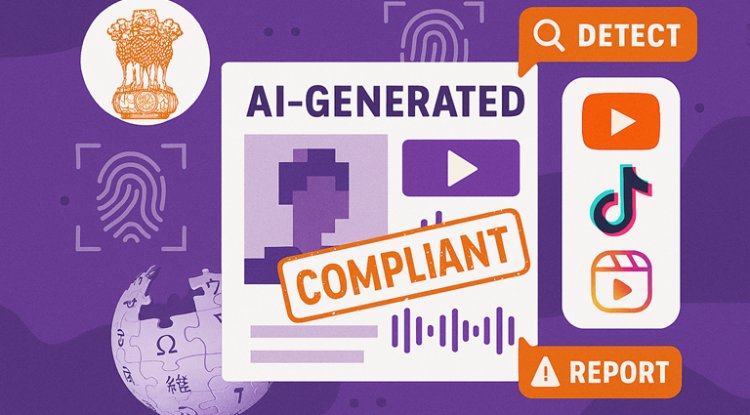Qwen AI Explained: How Alibaba's Language Model Competes with GPT and Gemini
Qwen AI, Alibaba's open-weight flagship, has shaken up the global AI landscape with trillion-parameter models, top leaderboard scores, and seamless multilingual + multimodal capabilities. Here's a breakdown of Qwen's architecture, real-world performance, and what sets it apart from GPT-4/5 and Google Gemini as the global LLM race accelerates.
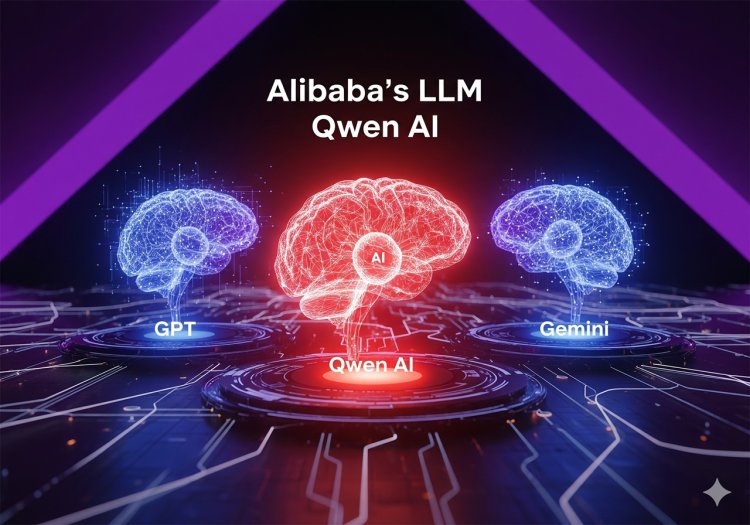
Alibaba's Qwen3-Max and its Qwen AI family have emerged as major global competitors in the large language model (LLM) space, blending brute-scale innovation with real-world accessibility and a unique take on the "open-weight" era of AI.
What Makes Qwen AI Special?
Scale, speed, and openness
- Qwen3-Max, released in 2025, features over 1 trillion parameters and supports a 1 million-token context window—a record for open-weight models and a powerful foundation for deep reasoning, long-form tasks, and compliance use cases.
- The Qwen team has open-sourced over 300 models (weights + code), with variants for text, image, video, coding (e.g., Qwen3-Coder), and safety moderation—enabling robust developer adoption and research.
- The system uses a Mixture-of-Experts (MoE) architecture, activating only a fraction of parameters per inference, improving efficiency and training stability over pure dense models.
Performance: How Qwen Stacks Up
Benchmarks & real-world use
- Leaderboards: Qwen3-Max ranks #3 on recent LLM Arena text evaluations and outperforms GPT-5-Chat in some categories. On SWE-Bench, it scored 69.6 (strong agent coding), and its "Thinking" version hits 100% on tough math benchmarks like AIME25.
- Compared to DeepSeek V3 and Gemini 2.5, Qwen3-Max excels at reasoning, coding, and handling long-context data, rivaling GPT-4o on many tasks.
- Benchmarks by third parties (LiveBench, Arena-Hard, SuperGPQA) show Qwen as a leader in "human alignment" and context-aware logic, not just raw language output.
Multimodality and Industry Applications
Beyond just chat
- Qwen3 handles text, code, and images (vision), with new models previewed for speech and video. This supports plug-and-play use for e-commerce, logistics, customer service, creative industries, finance, and more.
- Qwen3-Max is optimized for Alibaba Cloud—and available via open API—making it easy to deploy in real-world apps across Asia and beyond.
- Special strengths include Chinese language/culture, but performance in English/European languages is closing the gap with U.S. leaders rapidly.
Qwen vs. GPT vs. Gemini: Where Does Each Excel?
Head-to-head
- GPT-4/5: Still best for sheer integration and English-language capabilities. Strong on creative writing, prompt flexibility. Proprietary.
- Gemini: Multimodal leader, seamless with Google ecosystem (Docs, Search, etc.), best for visual and mixed-data applications. Proprietary.
- Qwen: Best for open-weight/commercial deployment, Chinese/Asian support, coding, and tasks needing raw reasoning or long memory. Aggressive open ecosystem. Rapidly closing the performance gap for global/English tasks.
Challenges and What's Next?
The cutting edge and open questions
- Qwen's biggest opportunity: rapid open-source-driven innovation and ability for enterprises to self-host and fine-tune at scale.
- Biggest challenge: battling U.S. and European models on safety/alignment, and overcoming perception of being "China-only." That's shifting as Qwen gains on open-source leaderboards.
- Expect stronger versions ("Qwen3-Max-Thinking") and new verticals in 2025, as Alibaba and its developer base keep iterating.
Qwen's meteoric rise shows just how quickly the LLM field is changing — and how open-weight, developer-friendly models will shape AI's next wave across languages and industries.
Source: Alibaba, Artificial Intelligence News, LLM Arena, Tech media, September 2025
What's Your Reaction?







